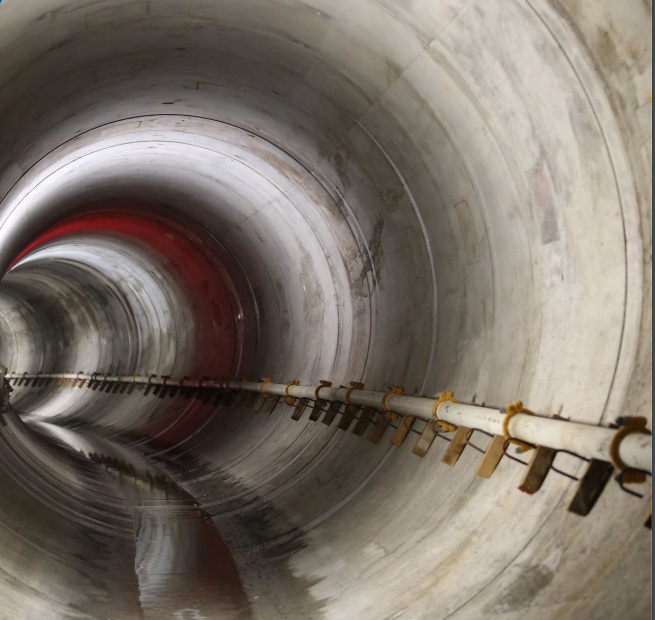
Delaware Aqueduct shutdown for repairs set to begin tomorrow
| September 30, 2024
Tomorrow’s the big day.
Oct. 1 is the date set by the New York City Department of Environmental Protection to shut down the Delaware Aqueduct for much needed repairs.
The aqueduct, which supplies about 50 percent of New York City’s drinking water, is planned to come back on line after the repair is completed by June 2025.
The 85-mile Delaware Aqueduct marries the water from the three Delaware River reservoirs, Pepacton, Cannonsville and Neversink, at the Rondout Reservoir, carrying it under Ulster County, N.Y., and a small piece of Orange County, N.Y., to cross under the Hudson River and then to the expansive water distribution system north of the city.

The repair will fix a small leak in Warwasing in Ulster County and a massive leak (about 20+ million gallons per day) under the Hudson, which is being repaired by the construction of a bypass tunnel that will connect to the structurally sound portions of the Delaware Aqueduct. The bypass tunnel is 2.5 miles long and about 600 feet below the Hudson River
According to its fact sheet on the project, the NYCDEP has been working for nearly two decades on the design and implementation of the $1 billion repair. The aqueduct was put into service in 1944.
Read more: Complete coverage of the Delaware Aqueduct shutdown project here
The leak clearly needs to be fixed but to do so puts a strain on the whole water-delivery system. New York City will be relying on its other reservoirs to provide its drinking water, and the plan is that they will squeak by as long as the repair doesn’t extend too far out beyond the June 2025 date.
At the same time though the three reservoirs are massive, so there is no guarantee that they will not overflow if a good-sized storm hits.
We are still in hurricane season, though at the tail end. But it’s not just hurricanes to worry about. We have experienced sudden massive rainfall events in the watershed and they can cause significant flooding.
For both New York City residents and people living below the reservoir, weather is a huge factor in the success of the project.
NYCDEP has been engaging with residents below those reservoirs and trying to assuage fears of flooding that could result from the reservoirs overflowing.
As a first step, NYCDEP took the levels of those reservoirs down to a void (that is, empty) of about 30 percent over the summer.
Here’s a graphic representation of how full those reservoirs are now. As you can see, as of Sept. 26, the capacity of the three reservoirs were pretty much close to those plans:
Cannonsville: 66.9 percent
Pepacton: 73.2 percent
Neversink: 44.8 percent
And if you’re nervous in the upcoming months, check out that page, which is updated regularly.
At any point, NYCDEP can call a halt to the project, though how long it would take to actually stop the work would depend on where they are in the process, explained Jennifer Garigliano, director of Water Resources Management for the New York City Department of Environmental Protection.
She has talked in previous presentations about the high-tech tools that NYCDEP will be utilizing to make the project go smoothly, though she has also stressed that it will be humans who make those decisions in real time with due consideration of all the variables.
At the close of one of those sessions Garigliano pointed out that no one really knows what sort of weather we’ll be having: “If anyone has access to a crystal ball, please let me know.”







Thank YOU for providing interesting, fact-based journalism about MY environment in the Upper Delaware. I have been planning to move here for decades! (All because of this river and the people who care for it.)
Thank you for this information Meg. I am a teacher and am educating my students on how the environment impacts their daily lives. Many students and most adults don’t know that we New Yorkers get a large portion of our water supply from the Delaware River,